By Film Noir Blonde and Mike Wilmington
The Noir File is FNB’s guide to classic film noir, neo-noir and pre-noir from the schedule of Turner Classic Movies (TCM), which broadcasts them uncut and uninterrupted. The times are Eastern Standard and (Pacific Standard).
PICK OF THE WEEK: Two by Claude Chabrol: Les Cousins, Le Beau Serge
“Les Cousins” (France: 1959, Claude Chabrol). Sunday, Nov. 24, 2:30 a.m. (11:30 p.m.)
Le Beau Serge (France: 1958, Claude Chabrol). Sunday, Nov. 24, 4:30 a.m. (1:30 a.m.)

Brialy and Blain in Les Cousins
By the time he died in 2010, at 80, with at least 80 directorial credits behind him, Claude Chabrol had become the most prolific and, in some ways, the most successful of all the great directors/friends of the old French Nouvelle Vague (or “New Wave“) – those arrogant young cinematic firebrands, prodigies and know-it-alls who traded barbs, blurbs and bon mots in Parisian cafes in the ‘50s while they were mounting their assaults on the French film industry from the pages of the legendary film journal Cahiers du Cinema.
Chabrol, by the time of his death, was still making movies and TV and had outstripped, in production and longevity, his famed compatriots Jean-Luc Godard (“Breathless“), Eric Rohmer (“Claire’s Knee”), Jacques Rivette (“La Belle Noiseuse”), and, the most popular New Waver of them all, and the first to die (three decades ago, in 1984), Francois Truffaut (“Jules and Jim“)..
In the ‘50s, before their directorial careers began, these five were called the Holy Family: out of envy perhaps, but perhaps too out of secret high regard. They all became famous and revered French cineastes. As for Chabrol, the first of them to make a feature film — well, he was a specialist. Chabrol primarily made crime dramas, thrillers, film noirs. (“Les Bonnes Femmes,” “Le Boucher,” “Violette Noziere,” “La Ceremonie”). He adapted or was inspired by Patricia Highsmith, Ruth Rendell, Ellery Queen, Stanley Ellin, Georges Simenon — mystery thriller specialists all.
Critics often called him the French Hitchcock, though, as Chabrol liked to point out, his own visual and dramatic style was far closer to that other great crime movie specialist, Fritz Lang. A man who seemed himself a model of high spirits, goodness and humanity, Chabrol understood evil very, very well. He once said that he couldn’t imagine shooting a script that didn’t have a murder in it, and he rarely did.
Chabrol was a funny-looking, fun-loving little man, with glasses, a thick French accent and a frequent smile. He looked playful and professorial, and when I interviewed him once in New York City, he joked and laughed continuously. He seemed to work continuously too. Almost every year, like clockwork, out would come a new Chabrol film (or two). They were (almost) always good, always well and elegantly-crafted, always intelligent, often highly critical of the provincial or Parisian bourgeoisie, the classes in which Chabrol had grown up (the provinces) or later lived (Paris). And almost always, they had a murder (or two).
TCM is showing Chabrol’s first two films Sunday night and Monday morning: both noir gems in black and white: the riveting “Le Beau Serge” (1958) and the masterly “Les Cousins” (1959). They make a complementary double feature: two classic film noirs, with the same co-stars (suave Jean-Claude Brialy, feisty Gerard Blain) in the same kind of dark, chatty, stylish, psychologically complex drama — both about people unwittingly destroying themselves.
In Le Beau Serge, set (and shot) in Chabrol’s home town of Sardent, Brialy, as Francois, plays a young intellectual who left Sardent for Paris, and now has come back, sick, to recuperate and also to revisit his old friend Serge a.k.a. “Le Beau Serge” (Blain), a village beau who is now an alcoholic in an unhappy marriage. They spend much of their time in the local bar, drinking and talking. The two probably love each other, are attracted to the same women — Serge’s wife (Michelle Meritz) and her sister (Bernadette Lafont) — and they seem to push each other to dissolution.
In “Les Cousins,” set (and shot) in Paris, Blain, as shy country cousin Charles, travels to The City of Light to revisit his urbane and hedonistic city cousin Paul (Brialy), and to join him at law school — where Paul spends most of his time drinking and throwing decadent parties for decadent people, including some women (Michelle Meritz and Juliette Mayniel) whom they both like. (Stephane Audran, later Chabrol’s wife and frequent star, is a regular party guest.) Paul rarely studies, yet seems to know everything; Charles studies constantly, yet seems to forget it all. They also seem to love each other, somewhat, and one of them seems to be pushing the other toward dissolution.
The two movies, in other words, almost seem to be inversions of each other, with the Brialy/Blain team returning as different versions of the same characters. Not quite though. One of the main differences between the pictures, is that, though Chabrol wrote both screenplays, the dialogue for The Cousins was written by Paul Gegauff, an urbane and hedonistic, cynical right-wing novelist who writes very good dialogue and who went on writing for Chabrol, and once starring for him (in Une Partie de Plaisir) until Gegauff was stabbed and killed by his second wife in 1983. (Remember that when you watch “Les Cousins,” one of whose protagonists is named “Paul.”)
Though they were the first two features Chabrol made, both show the hand of a master. Both also have beautiful and highly mobile, black and white cinematography by the superb Henri Decae. And, after seeing the pictures again, all I can say is that it makes you wish Chabrol had been able to shoot in black and white always, or at least most of the time, and more often with Decae. Black and white suits him: this New Wave master of film noir et blanc. (In French, with English subtitles.) [Read more…]





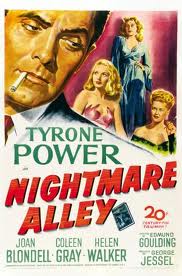
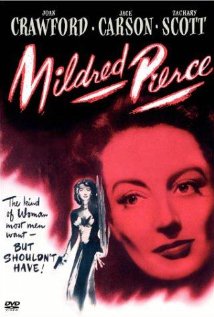
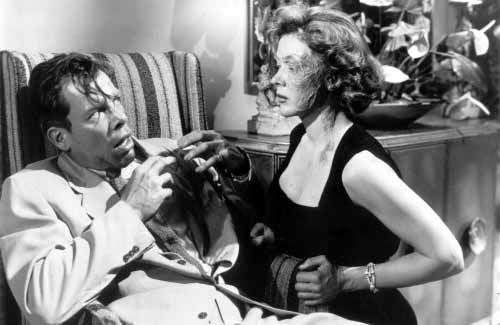
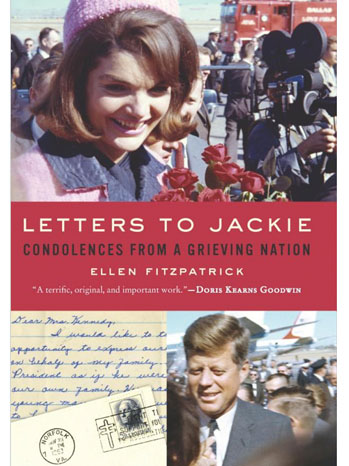
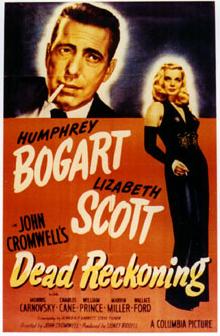
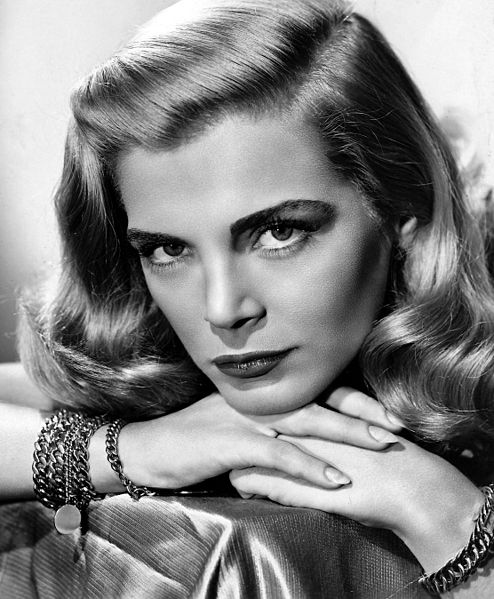
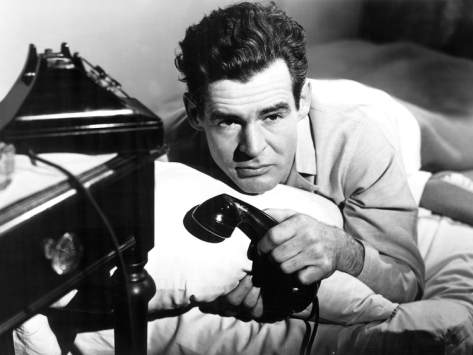
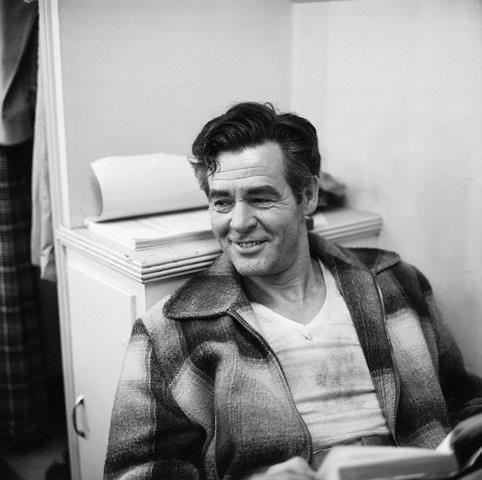
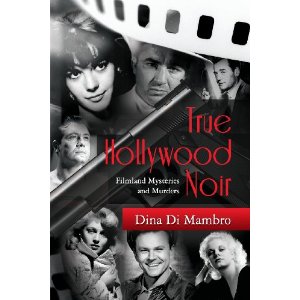
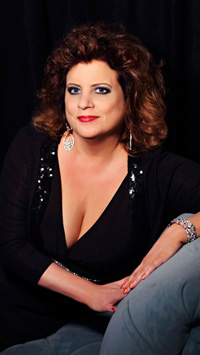
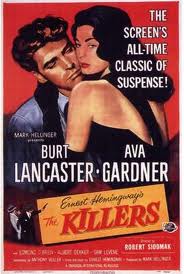
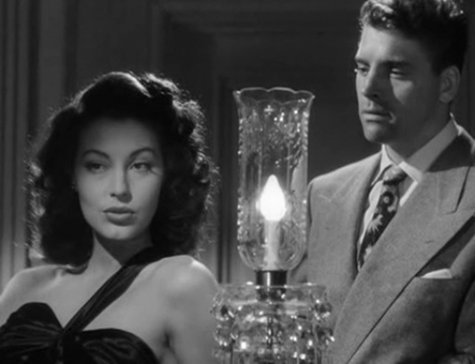
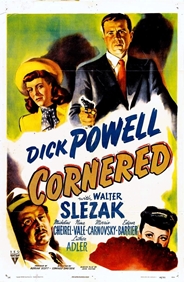
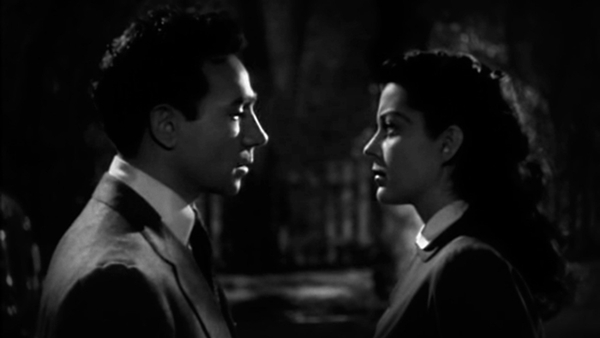
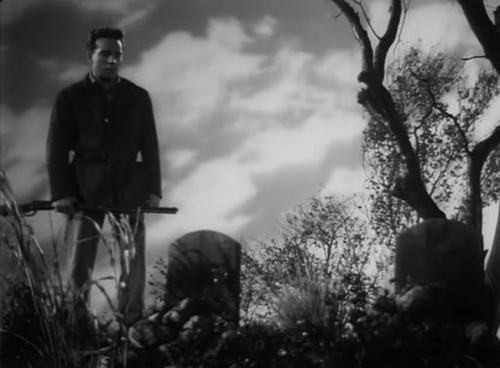
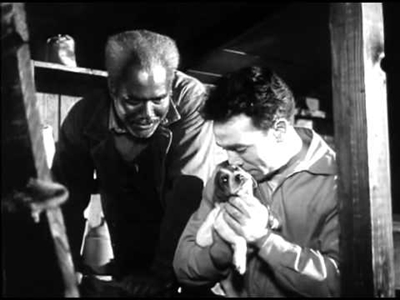
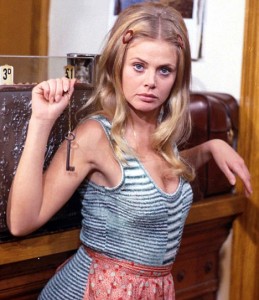






From FNB readers